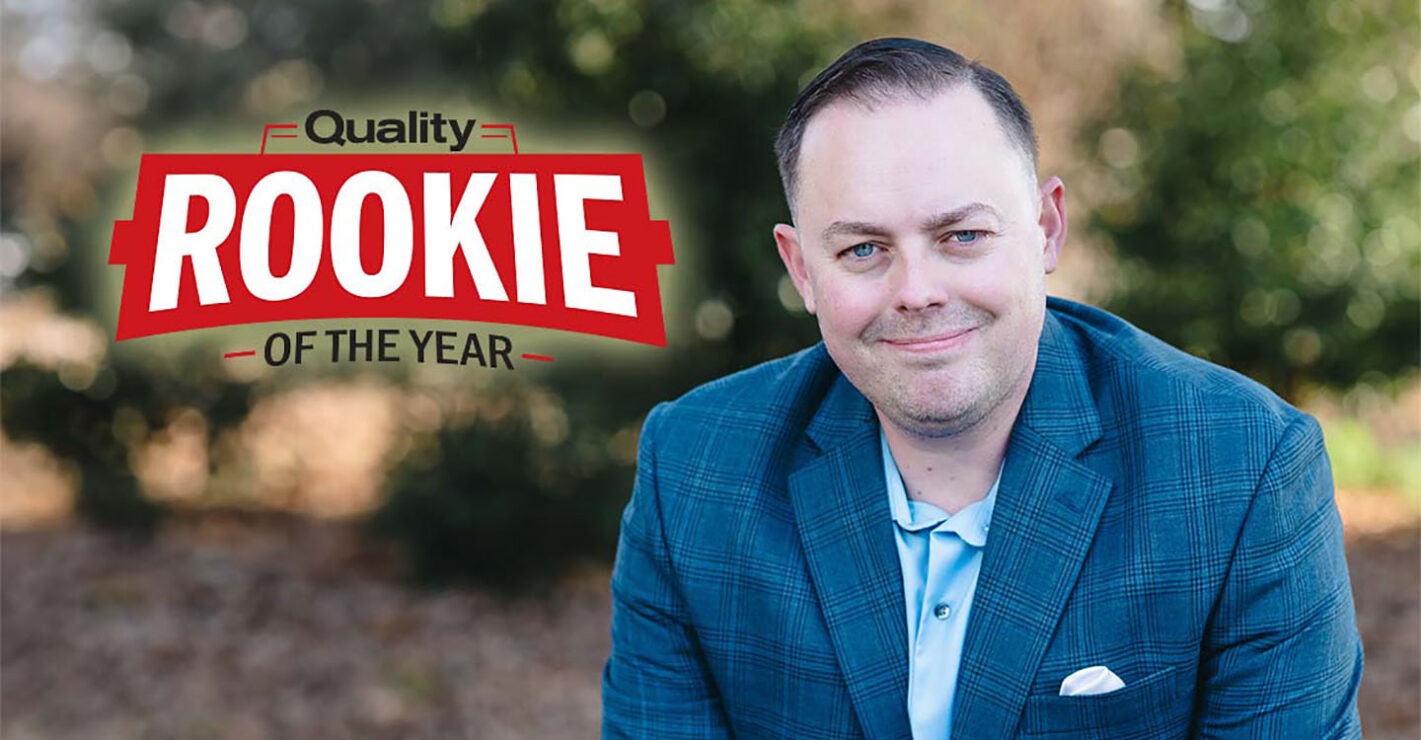We will begin this month’s column, the first of 2016, with a scenario. It is a general scenario so consider your organization’s specifics and engage in this example. Your organization has a process that needs improving. You can approach this issue from different angles. You don’t want to rush into anything but you can’t take your time, either. You’re a quality professional. You have a valuable toolbox at your side. What is the first thing you should do? In a word, plan. If your organization is going to improve, the process needs to change. Change is difficult but change for the better can lead to lasting improvement. After the initial planning, sights need to be set on putting your plan into motion. That means you need to: Do. Change for change’s sake, especially when it’s pushed on you, is rarely effective. You need to make sure the change will work and is the right one for your organization. It might take some time but improvement is worth the time. Now, the next question: How do you know what you are doing is the right thing? You need a way to analyze your data; you need to: Study. Now that you’re learned something, put your learnings to the test. You must: Act. Did your actions work? Yes? That’s amazing! Go to the head of the class and start another PDSA cycle. No? Don’t be discouraged. Start at ‘plan’ again. Take the time, get it right, and reap the benefit. The ASQ case studies tell us that organizations and teams may need to go through the cycle three to eight times before everything falls into place. Simple enough, yes? By now you have no doubt guessed this column is about the plan-do-study-act cycle. It is also referred to as the Deming cycle, the Shewhart cycle, and the plan-do-check-act cycle. For quality management history and theory buffs, there is a mountain full of information available about the similarities and differences in each name. For the rest of us, all we need to know is that the plan-do-study-act cycle is a basic and powerful continuous improvement tool we can use for improving an integral organizational process as well as to manage your career—and reduce the amount of time your infant cries during diaper changes. For this column, we’ll skip the diaper change example. However, now you know it’s out there and available (“Use PDSA for Crying Out Loud,” QP, October, 1997). With a 75-year history, it is easy to forget what a big deal the PDSA cycle was and difficult to understand why it is still used. It’s 75 years old! But solid and steady improves processes and PDSA has that in spades. In “Use PDSA Cycle To Manage Your Career,” Jerry Brong suggests that using PDSA can help you search for your dream job or keep you ahead of having to scramble in the event of a layoff. Over the course of the brief article, Brong breaks the PDSA into several activities: Plan. “Management by fact is essential. Know where you are and what is happening around you, and then predict alternative futures.” Do. “In doing career control, you may need to decide if you want a high salary from a stressful job in an urban center requiring a 60-minute freeway commute or 60% less salary in a fun and less stressful job with a 15-minute commute. The fun job may provide a flexible work schedule. You need to take all these things into account...” Study. “The study phase is a particularly important aspect of career management. Look at yourself and your lifestyle, consider career impact on you and your loved ones, and consider what else is important beyond your job.” Act. “Taking action based on facts from career study is a difficult PDSA step. That is because taking action produces risks. A new job, employer or career can lead to significant lifestyle or personal changes. That’s why you need to use plans, know your options and evaluate potential results before making career decisions.” This may appear to approach an important personal issue in an unorthodox way but demonstrates the flexibility of PDSA. For those of you who have not used PDSA as a continuous improvement tool—or who have had bad experiences in the past—you might want to do a little more study before attempting to dive in. The Deming Institute is a good place to start as is ASQ with webcasts and PDSA training available. Seventy-five-plus years have shown that the time invested in PDSA have secured rewards, both personal and financial. It is time to (re)visit this time-tested tool.
Don’t Forget to Plan (-Do-Study-Act)

Looking for a reprint of this article?
From high-res PDFs to custom plaques, order your copy today!







